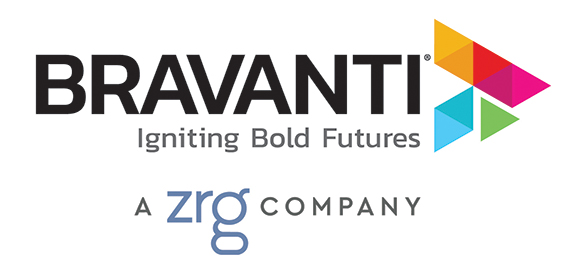Congratulations! Whether it is a cross-border merger, explosive market growth, or a new technology that is working better than you had ever hoped, you have the best problem a business can have: managing rapid growth.
As you encounter all the joys and pains your new scale brings, make sure you work to preserve the strategic advantages that played a big part in your company’s exponential growth: your workforce and culture.
Culture is the most critical part of your talent strategy when guiding your employees through the stages of rapid company growth. Keeping your people connected to your company’s core values is essential before, after, and – importantly – during the growth period, which itself challenges your company’s beliefs and behavior.
Culture cannot be dictated from the top; it must be integrated into all levels of your management team and down through the rank and file. The best leaders must get comfortable delegating and using technology, group tools and coaching to translate company-level priorities into individual actions and ownership through every echelon of the organization.
Leveraging Technology Tools to Involve Workers in Culture
New technologies emerge every day that offer workers more opportunities to participate actively in a company’s culture. Companies and leaders that successfully marshal these technologies as part of their HR strategy will be the ones to create and grow business value with their culture.
No matter what sectors or markets your company targets for expansion, you will still rely on your people to execute your strategy. The right culture combined with that strategy will put you levels ahead of competitors who expect mandates alone to inspire workers to be their best. When all your people drive your culture, you are positioned to make the most of their innovative, collaborative thinking – a resource that executives working in isolation just don’t unlock in the same way.
Preserving Culture Through Structural Transformation
Few companies truly succeed at retaining the uniqueness and value of each organization, while giving all employees reason to buy into the new culture of the combined organization. Historically, strategy mainly existed on paper: spreadsheets, redundancy calculation, analysis of new markets and evaluation of costs to cut. Moving it off the page and into the workplace means a heightened awareness of and attention to people, and how they fit and interact with each other.
The shift from paper to people must happen quickly. While it won’t be effortless, it is worthwhile to ramp up communication efforts discussing the reasons for the combination. To realize all of the value you intend to create with your growth, you want your people to be as invested in the change as you are and happy about making it happen.
The content of this piece originally appeared on TLNT.com.

